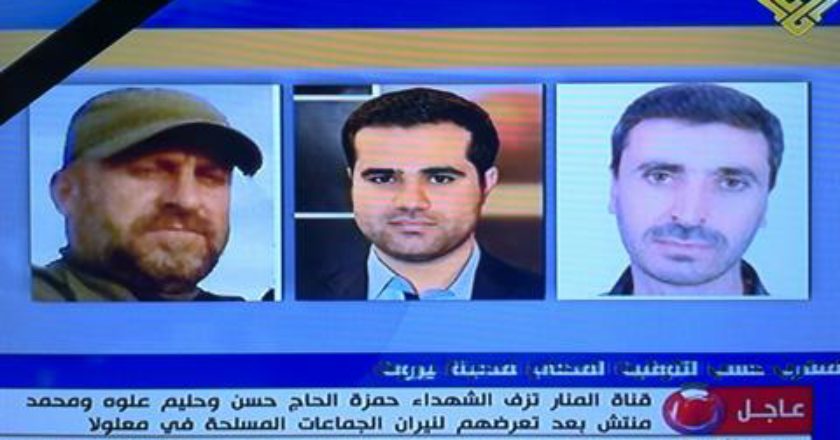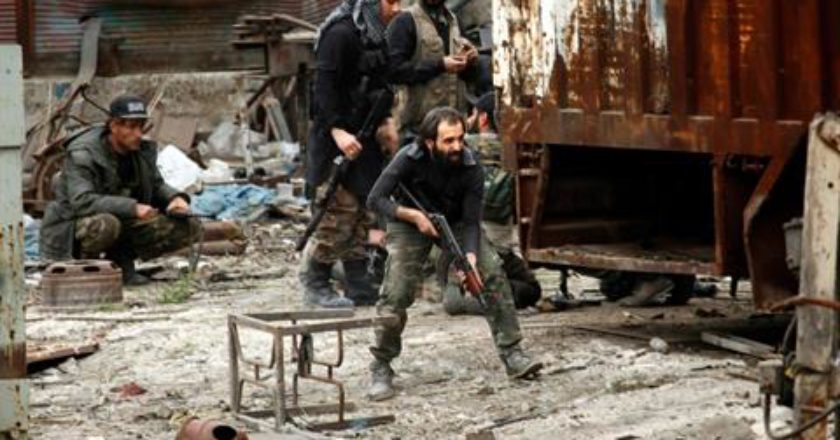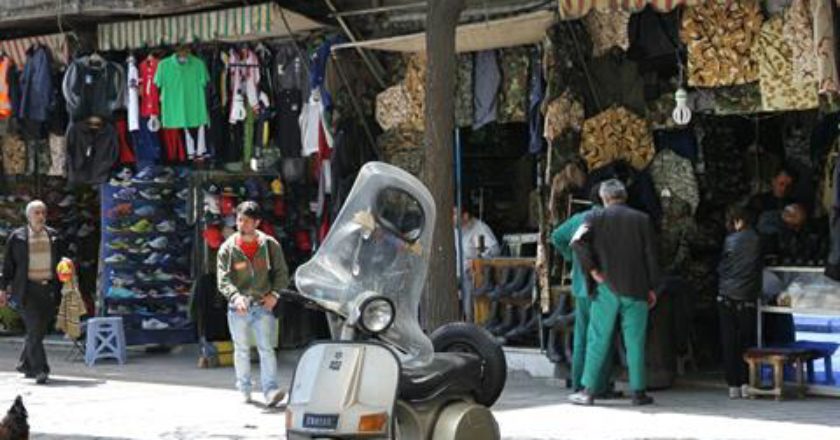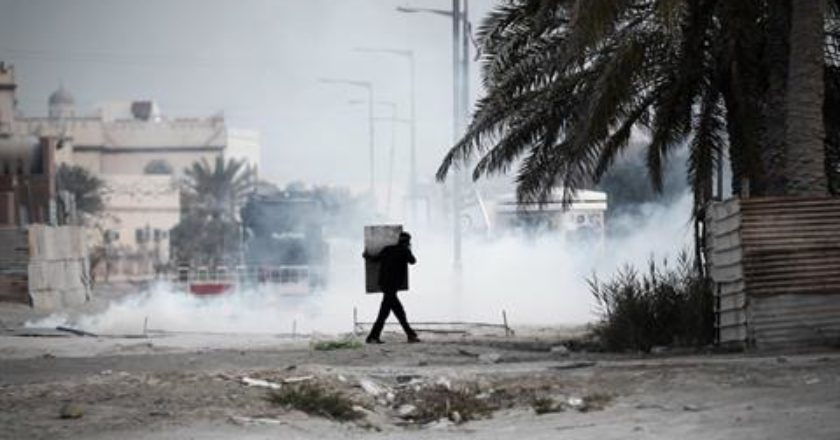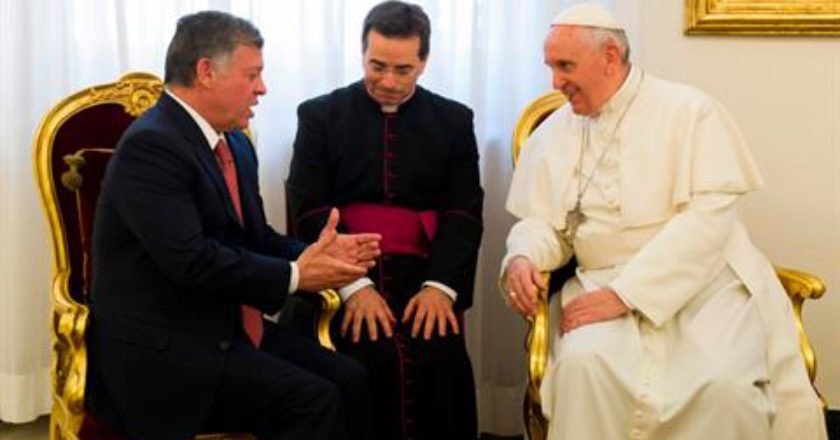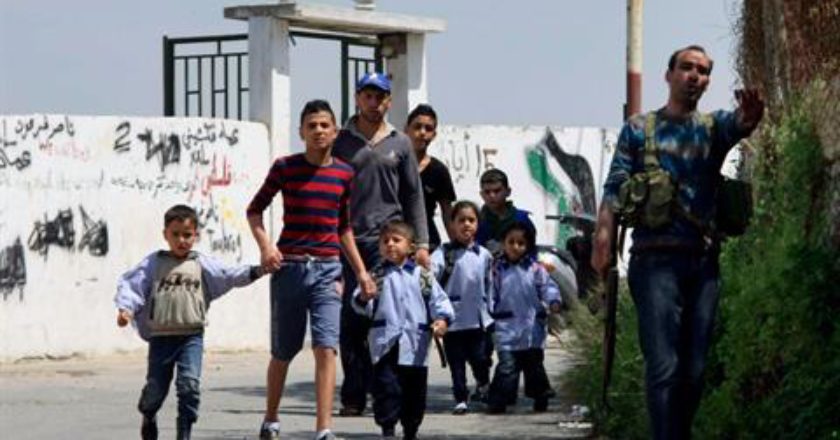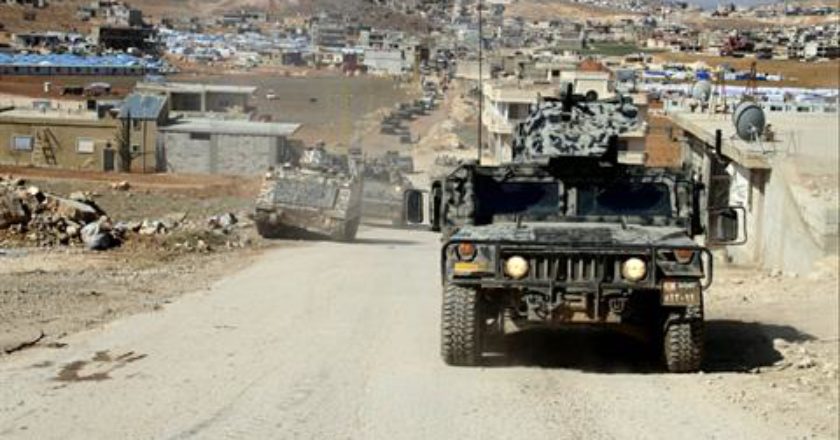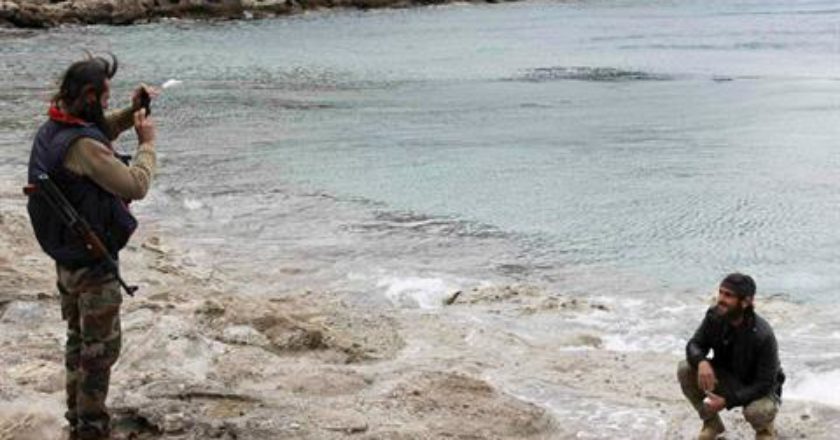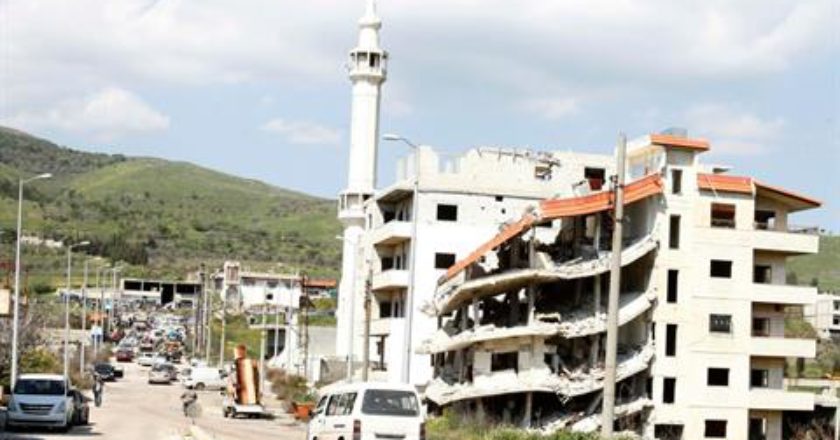BEIRUT: A social media campaign to prevent a “genocide of Armenians!” in the scenic Syrian mountain resort town of Kasab exploded recently, in the latest example of how 21st century communications technology can spread as much disinformation as it does information.
The Armenian diaspora community was shaken late last month when the town of Kasab and surrounding areas fell quickly out of the regime’s control, as part of the “Al-Anfal” coastal campaign launched by rebels and jihadists.
The cast of characters in the campaign is a long one – on one side are Syrian regular army troops and several paramilitary groups and militias, believed to include the National Defense Forces, Lebanon’s Hezbollah, and the Liberation of Iskanderon group, headed by a Turkish-born Alawite from the neighboring province across the border, called Hatay by Turkey.
On the other side is a loose coalition of groups: the Al-Qaeda affiliate the Nusra Front, several conservative Islamist militias, and in a supporting role, the mainstream Free Syrian Army.
For the Armenians of Kasab and Armenians elsewhere, all these distinctions are largely insignificant. The regime and its supporters, besides labeling every insurgent a “terrorist,” have emphasized that Turkey is actively aiding the rebels’ military efforts, in order to stir up old fears and endemic hostility to Syria’s neighbor, whose Ottoman Empire predecessor massacred 1.5 millions beginning in 1915.
American-Armenian organizations and activists raised the alarm about a new genocide being imminent in Kasab as the town quickly fell to the rebels.
Celebrities such as Kim Kardashian joined in, guaranteeing the #SaveKessab campaign instant global reach, thanks to the Armenian-American from southern California who commands 20 million Twitter followers.
The message of “Kasab being targeted” was also relayed by the U.S. government and Congress, people with Armenian-American constituents, although the mayor of Kasab, along with an MP from the Republic of Armenia who visited Syria, have both said that no Armenians were killed when the town fell.
Much of the wider social media campaign’s visual content – and particularly a selection of still photographs – highlight how tenuous Internet-driven claims can be.
Horrific to look at, the photos suffer from the fact that not a single one is connected to events in Kasab in late March 2014.
Ironically, most of the victims pictured in the gruesome beheadings, executions and atrocities are Muslims, being killed by ultraextremist Muslims, in Syria and elsewhere.
But the public, facing the wave of such photos and other accusations being circulated, might come away with various impressions – “Kasab residents butchered,” “destruction of churches,” and “ethnic cleansing.”
The #saveKessab and other propaganda campaigns generated a quick pushback, on various fronts.
A fighter from Ansar al-Sham, the most moderate of the Islamist militias in the coast offensive, released a video statement denying that any harm had come to the Armenians of Kasab.
He cited the behavior of the seventh century Caliph Omar, who did not harm the Christians of Jerusalem when he seized the city.
Multiple items of video footage from Kasab also emerged, produced both by media activists and pro-opposition television stations, at churches where the fighters had posted guards, to make sure nothing was looted.
Two of the four large groups leading the campaign are Ansar al-Sham and Ahrar al-Sham, both members in the Islamic Front, an alliance of seven large, conservative Islamist militias.
The Front put out its own statement on the coast offensive, criticizing the disinformation campaign swirling around the insurgents’ behavior toward civilians.
Much of this Arabic-language material, however, doesn’t reach the audience that is hearing about a “new genocide.”
But a string of counterclaims in English-language websites, thoroughly debunking the claims of atrocities, has also emerged.
An anti-regime media activist who covered some of the battles raging in northern Latakia, including Kasab, told The Daily Star he knew of only one “violation,” when an overzealous rebel fighter removed a cross from one of the churches in Kasab.
He described the fighter as part of a minority of non-Syrians from the Nusra Front who took advantage of the chaos in Kasab during the first few days of the takeover. Since then, the rebel groups have sought to enforce order, by organizing patrols and issuing directives that the town’s shops and other establishments should not be touched.
“The fighting groups have made it clear that the person who took down the cross should be punished for his act,” he said.
Meanwhile, a small number of mainly elderly Armenians remain in Kasab, the activist said.
“They are basically people who didn’t want to leave, or felt they had nowhere safe to go, so they stayed,” the activist said. “They were afraid at first, but the fighters told them that they would be safe. But they don’t want to be photographed, and are remaining out of the spotlight.”
The activist said they and other civilians in the Kasab region ran the risk of injury or death by remaining in the area.
He said there were individual cases of local families, among them Alawites, asking the rebels to transport them to safe areas.
The activist said that while the overwhelming majority of Kasab residents took refuge in Latakia, a small number who delayed their exit were finally escorted by the rebels to Turkey, with their consent.
The biggest irony is perhaps that as the commotion over Kasab and Armenians has raged, another community – the Turkmen – are the ones actually experiencing violence because of their identity, amid palpable anti- Turkey and anti-Turkish hysteria.
Residents of a string of villages near Kasab have also experienced displacement, and many of their residents are Turkmens, and the community has already been experienced two gruesome murders. Shortly after Kasab fell to the rebels, the bodies of a teenager and a young man were found dumped in a public park in the Turkmen-majority neighborhood of Ali Jamal in Latakia.
And no global Internet campaign has arisen to cry out against ethnic violence against Turkmen in northwestern Syria.
Kasab is a victim of geography, not ethnicity – it’s the closest town to a border crossing, it’s the central town in an area with dozens of surrounding small villages, it’s near a militarily important observation post, and it’s close to the village of Samra, where the dramatic end to Syrian territory comes – a steep drop onto a cove, hemmed in to the south by a jutting cliff, while on the right to the north is Turkish territory. Before the war, if one walked or swam a few hundred meters in that direction, Turkish border guards would politely fire warning shots to encourage a retreat.
Kasab’s Armenians have recently been subjected to media interviews more than oppression, but the effect of the old-fashioned rumor mill is being multiplied by sensationalist Internet campaigns, stoking the tension. How many people also hear and believe the debunking efforts is another matter, and difficult to measure.
One of the worst photos in the “save Kasab” bunch was of the bloody corpse of a young woman stretched out on a bed, with a cross shoved down her throat.
It was also used last year in a misinformation blip about a Christian girl supposedly murdered in Aleppo, and quickly debunked back then, by people who gleefully pointed out it that it was actually a publicity still from a 2005 Canadian horror flick.
About the only certainty is that the Armenians of Kasab are now experiencing the war directly, just like their fellow community members in various cities – Aleppo, Damascus, Homs, Hassakeh, Qamishli and elsewhere – and like millions of other displaced Syrians.
Source: The Daily Star


